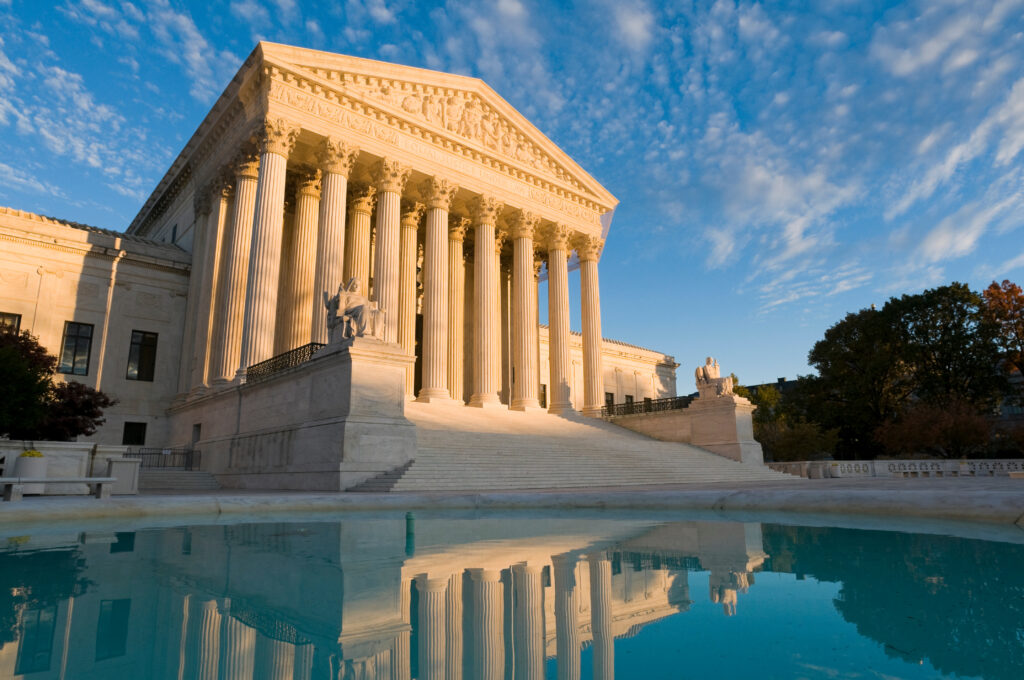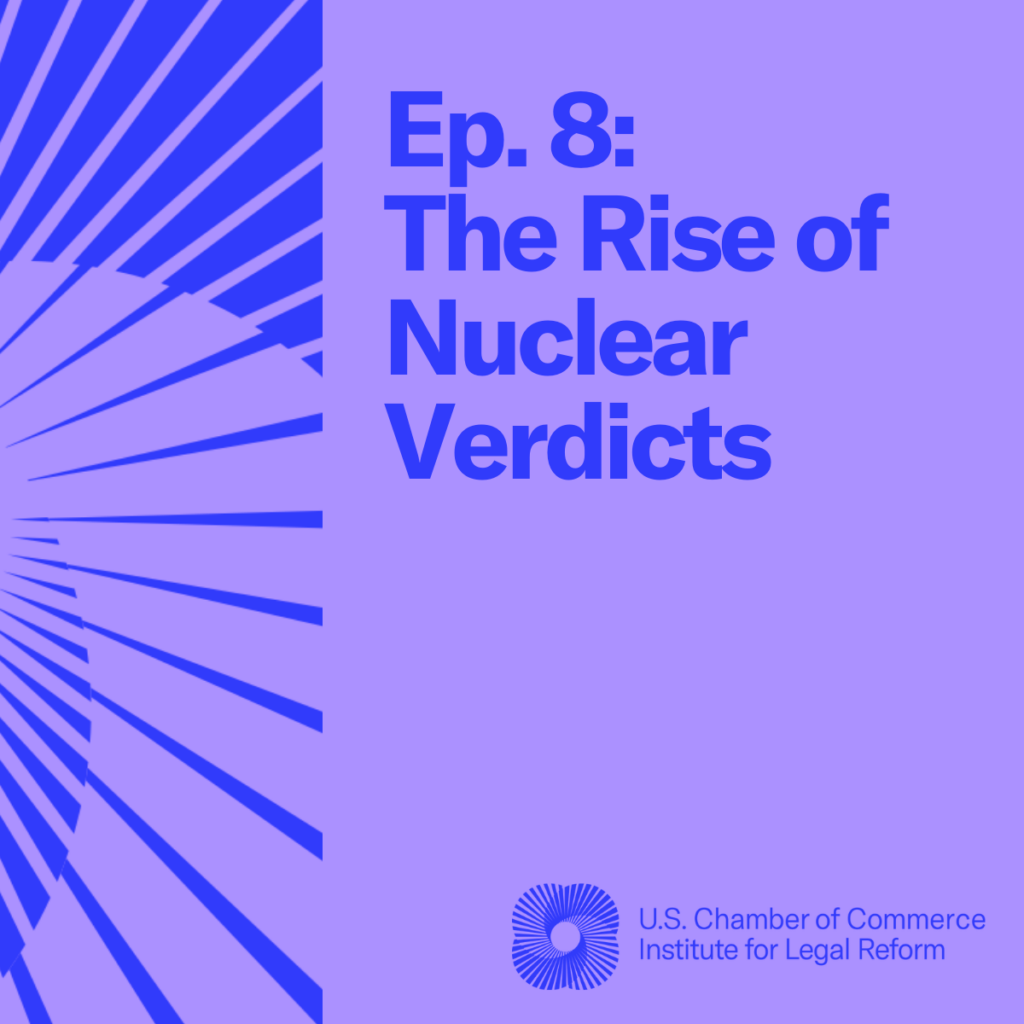Quality over quantity is a common phrase you hear these days, but what exactly does it mean? It essentially means high standards matter more than the amount. Unfortunately, trial lawyers have missed this memo and have focused their efforts on quantity. They have devised a strategy of collecting hundreds or thousands of cases with minimal vetting, which are then gathered into multidistrict litigation proceedings (MDLs) that often overwhelm the courts and defendants.
MDLs were intended to efficiently handle the pretrial phase of large numbers of similar lawsuits. But now, plaintiffs’ lawyers use MDLs to litigate questionable or meritless claims to pressure defendants to settle or force them to spend time and money fighting countless lawsuits.
ILR Briefly: Twisted Blackjack: How MDLs Distort and Extort looks at how plaintiffs’ lawyers have devised a reliable path to profits within the personal injury mass tort system. Here’s how it works:
- First, plaintiffs’ lawyers identify a product they can claim harmed thousands or even millions of people.
- Next, they recruit as many plaintiffs as possible to file thousands or even tens of thousands of lawsuits with similar claims.
- Those claims are consolidated into an MDL overseen by a single judge.
- Then plaintiffs’ lawyers claim it’s too hard to provide or even gather basic information about the hundreds or thousands of cases in each MDL. And courts often lack the capacity to handle motions to dismiss in thousands of individual cases.
- Without any mechanism to separate the real claims from the meritless, defendants are pressured to settle, or ultimately go bankrupt.
As of July 2021, there were 368,078 pending cases consolidated in the roughly 50 active federal multidistrict litigations involving primarily personal injury claims. That means that MDLs make up two-thirds of all private civil cases pending in federal courts.
These numbers are hugely problematic when the above-referenced business model is applied. Consider the alternative: in non-consolidated personal injury litigation, an individual plaintiff sues a defendant he or she alleged is responsible for causing harm. Once the lawsuit is filed, the defendant in the case may move to dismiss the case. If it is a baseless lawsuit, the defendant may win that motion or obtain specific initial discovery revealing that the plaintiff’s claims are groundless. At that point, the lawsuit presumably would disappear, and the parties would move on, ideally after investing relatively little time and expense.
Things work differently in the world of personal injury mass torts, where defendants are alleged to have done something, such as selling a defective product, that has injured thousands or even millions of different people. Once these allegations are made, lawsuits start being filed. Plaintiffs’ firms solicit clients and stockpile inventories of potential claimants. This means the defendant faces thousands or even tens of thousands of pending lawsuits.
Under these circumstances, courts may conclude that they cannot consider motions to dismiss each case. There is no mechanism to separate the weaker claims from the potentially meritorious. Instead, the lawsuits pile up, and the vast majority lay stagnant in multidistrict litigation (MDL) proceedings in the federal court system leaving defendants with two choices: settle for millions, or sometimes billions, of dollars in a global settlement, or risk bankruptcy.
Letting trial lawyers game the MDL system to increase litigation is unsustainable and the situation will only worsen if left uncorrected.
The Briefly concludes with proposed safeguards to bring greater transparency to multidistrict litigation proceedings and help reduce the number of meritless claims clogging the federal docket. Congress and the Federal Rules Advisory Committee should seriously consider these commonsense procedures to restore fairness and efficiency to large-scale personal injury litigation in federal court.



